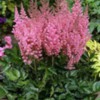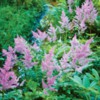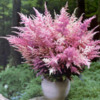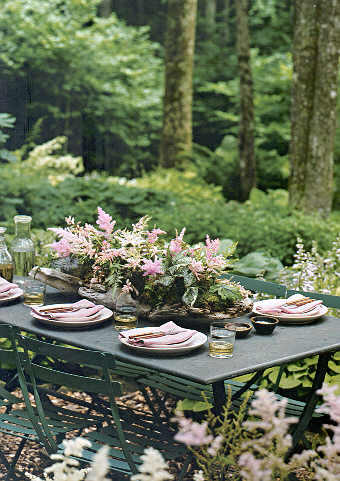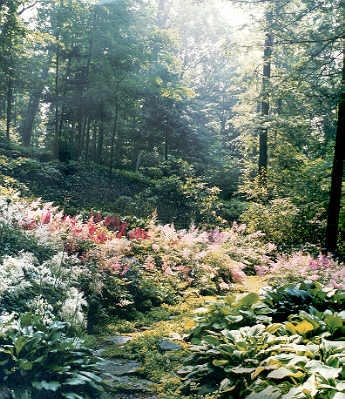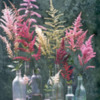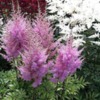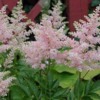Astilbe brings a graceful, feathering note to moist, shady landscapes. In cooler climates in the northern third or so of the country, it can tolerate full sun provided it has a constant supply of moisture. In drier sites, however, the leaves will scorch in full sun.
Feathery plumes of white, pink, lavender, or red flowers rise above the finely divided foliage from early to late summer depending on the variety. It will spread slowly over time where well-situated. Most commercially available types are complex hybrids.
http://www.bhg.com/gardening/p...y/perennial/astilbe/
Attachments
Original Post
